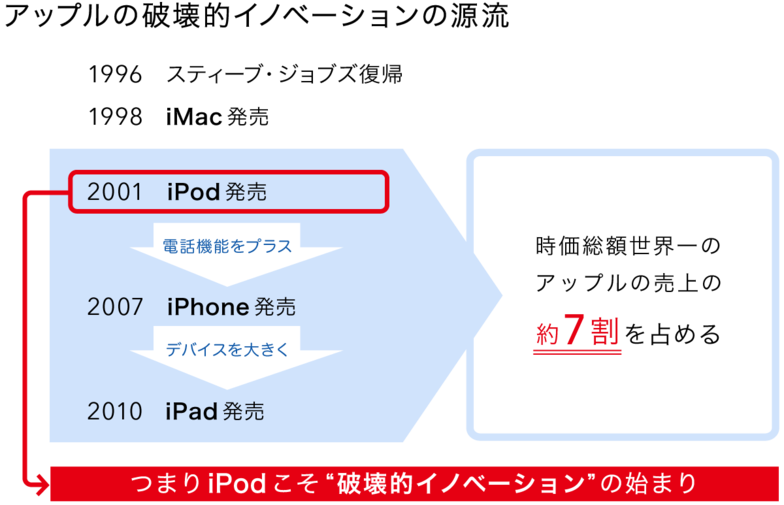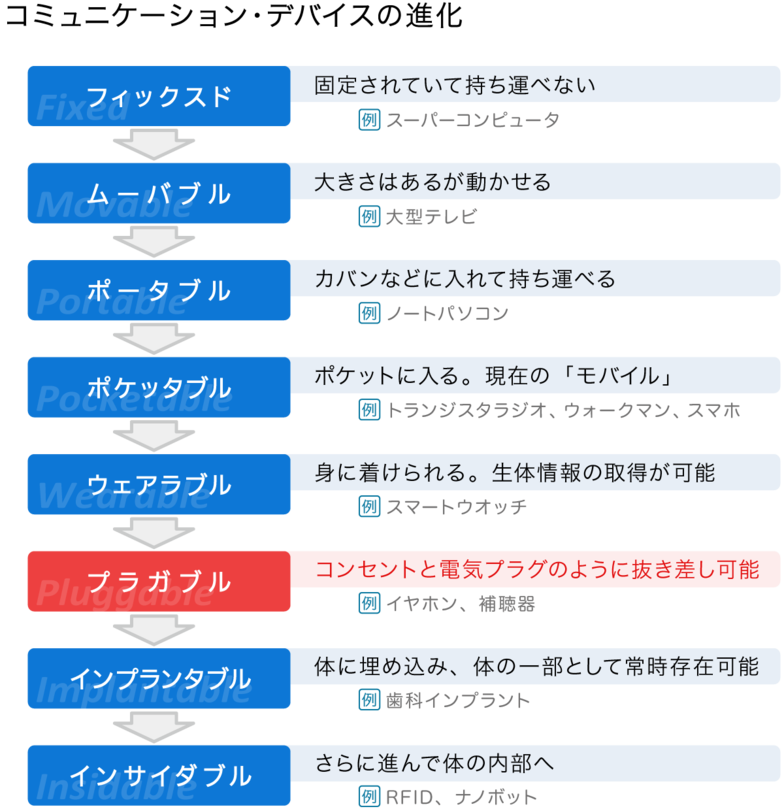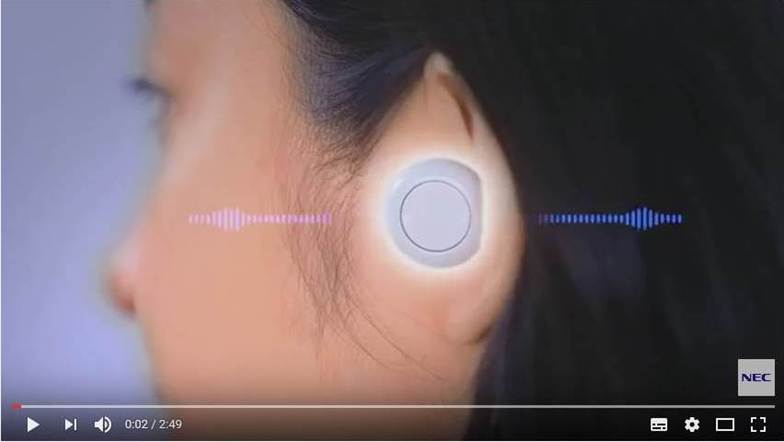Hearables from Japan: Devices That Don't Rely on Smartphones
Early 1990s. My "commute companion" during high school, a one-way trip easily taking an hour, was the countless songs streaming from my Walkman: The Beatles, The Stones, Led Zeppelin (among many others)... David Bowie passed away last year, but back then, I listened to his album Ziggy Stardust* until it wore out, lost in the delusion that "the world would end in five years."
**Ziggy Stardust* was Bowie's fifth album, released in 1972. Its opening track, "Five Years," depicts a fictional world ending in five years. The distinctive rhythm that fades in during the intro pulls you into its excessively theatrical world.
Nietzsche stated, "Without music, life would be a mistake," and Bob Dylan won the Nobel Prize last year. My three-year-old child reflexively starts dancing energetically whenever upbeat music plays.
Music changes people's consciousness and changes the world. Music knows no borders.

(c)Blue Jean Images/amanaimages
So, what is the "device" that will change the world? Looking back at history, we can list many—television, automobiles, refrigerators—but I believe the device that will change the world going forward will have "audio" as its biggest key. Why? Because "music has changed the world"!
The iPod, which lets you enjoy music, was Apple's first strike in becoming the world's largest company.
Which company currently holds the world's largest market capitalization? That's right, it's Apple Inc., well known to everyone. With approximately ¥73 trillion, it is worth more than three times Japan's largest company, Toyota Motor Corporation (market cap approx. ¥23 trillion) (as of January 4, 2017).
For many people, Apple is the company of "smartphones," "tablets," and "computers." Indeed, Apple's current sales breakdown shows the "iPhone" (smartphone) accounting for about 60%, the "iPad" (tablet) and "iMac" (computer) each contributing just over 10%, while the "iPod" (music player) falls under "Other Products" at 5%. However, for me, it remains a "music player" company. I believe the source of Apple's current global dominance lies in the music player—the iPod.

The iPod (5th generation, 60GB) my wife gave me over 10 years ago. It's still my faithful "commute companion." Lately, I've been listening to Prince a lot in his memory.
Looking back at Apple's history, after the iPod became a massive hit as a music player, it evolved through improvements into the iPhone with phone functionality. That device itself grew larger to become the iPad. In other words, I believe the iPod, an audio device, was the very first strike of Apple's subsequent disruptive innovations that changed the world. To put it dramatically, isn't it true that "over 70% of Apple's world-leading earnings trace back to the iPod, and the power of music is what made it a hit"?

Communication devices: From "pocketable" to "pluggable"
Apple isn't the only company that changed the world with "the power of sound" and became beloved globally. The original pioneer was likely Sony. The very origin of Sony's name comes from "SONUS," the Latin root of "sound" (SONIC), and "SONNY," meaning small or boy.
When thinking of Sony's audio devices, the 1979 "Walkman" likely comes to mind first. Yet over 20 years before the Walkman, in 1957, Sony had already launched a pocket-sized transistor radio, repeatedly tackling the challenge of miniaturizing audio devices.
Back then, the concept of something that fit in your pocket was described as "pocketable." Perhaps the meaning of "mobile" hasn't changed much since then. Here, we've organized the evolution of communication devices.

From the transistor radio over 60 years ago to today's smartphones, the "pocketable" era persisted for a long time, while "wearable" devices struggled to gain widespread adoption. This was likely because users didn't find them convenient due to short battery life, limited storage capacity, and insufficient computing power. However, accelerated technological advancements in devices, coupled with high-speed wireless networks enabling cloud-based processing to reduce device load, will likely resolve these issues within a few years.
Furthermore, as shown in the diagram, some argue that "the future of devices lies in implantables (and even insidables) embedded within the body." Honestly, though, I still have reservations about putting electronic devices inside my body for non-medical purposes, like dental implants or pacemakers. I suspect I'm not alone in this feeling. In the US, while the FDA approved the implantation of RFID chips in 2005, they haven't gained widespread adoption (incidentally, most seem to implant a capsule-shaped RFID near the base of the thumb on the back of the hand. Initially intended for medical purposes like patient information management, they later became usable as ID cards or room keys).
So, what if we could find a middle ground between "wearable" and "implantable" – a way to get the best of both worlds? That's my idea.
For example, something you can freely plug and unplug inside your body whenever you want. I call this "Pluggable." The image is like plugging a device into a socket, and the only thing currently embodying this is the "Hearable Device" I explained last time – the earbud (hearing aid) type that fits in the ear canal.
Hearable devices have been popping up one after another this past year!
And supporting this evolutionary hypothesis, "pluggable" audio devices (to avoid confusion, I'll revert to the term "hearables" hereafter) have been appearing one after another.
Sony announced the "Xperia Ear" in February 2016, a device worn near the ear for hands-free communication. Apple followed in September of the same year by eliminating the headphone jack from the "iPhone 7" and simultaneously introducing the wireless earbuds "AirPods." Additionally, Samsung released the "Gear IconX" with a similar concept in July 2016, and a Rio de Janeiro Olympic edition was sold in Japan in a limited run of 2016 units.
Thus, wireless earbuds with microphones for voice-operating smartphones are now becoming a global trend.

These "hearable devices" possess two unprecedented characteristics.
① They enable both "input" and "output" to smartphones via voice
Since the earbuds themselves have built-in microphones, they can pick up the user's voice, enabling voice commands (input) to the computer and allowing the user to hear the response (output). Naturally, being two-way, they also enable hands-free phone calls.
② Voice control functionality for a "personal assistant" utilizing AI technology (voice recognition)
By syncing with your smartphone, you can use personal assistants like Siri hands-free with just the earbuds (though some taps on the earbuds themselves are still needed).
While not yet perfect and still having some inconveniences, an environment where communication with AI is possible "using only your voice" is beginning to take shape, much like in the movie 'her' where the protagonist falls in love with a "voice-only" personal assistant.
Hearables from Japan, independent of smartphones
NEC held a seminar themed around "hearables" at the "C&C User Forum & iEXPO 2016" in November 2016, likely the first such event in Japan. Footage from this seminar was released.
In this video, smartphones do not appear (though some business tablets are shown).
Most currently available hearable devices require smartphone connectivity, meaning we're still in the "smartphone + hearable" phase. However, this video felt interesting and novel precisely because it didn't rely on smartphones (after all, this series' theme is "Hearables are the next big thing after smartphones!").
The combination of two unique technologies provides significant added value: "ear acoustic recognition technology" (a world first) that measures the shape inside the ear canal and performs biometric authentication using only sound emitted from the earbuds, and "indoor positioning technology" that accurately determines your current location inside buildings where GPS is unavailable, using geomagnetic fields.

The combination of "ear acoustic recognition technology" and "indoor positioning technology" enables precise tracking of "who is where." Furthermore, the ear provides a wealth of vital data such as body temperature and heart rate. By measuring and accumulating this as a life log, various analyses and service applications become possible.
In other words, simply wearing the earbuds allows them to automatically recognize individuals and provide direction, saying something like, "Good morning, Mr. Nito! Ms. XX, who wants to see you, is waiting in the room straight ahead on the right as you exit the hallway."
Simple and seemingly casual, but it looks like it could become incredibly convenient when fully utilized. Realistically, these two technologies still seem to require linking with a smartphone, but someday that "smartphone-free" era will surely come.
To change the world, we still need the power of music
Personally, I believe hearables are packed with the potential to change the world. However, I also feel there are still many elements lacking in the current state.
Is it a matter of performance or size? That's part of it, but I believe the most crucial element is the "power to stir people's hearts." Going back to the beginning, music has changed the world. To change the world now, we need that indescribable, fundamental power – the universal blend of "rhythm," "melody," "art," "fashion," and "culture" that music inherently possesses. Wasn't the secret to the success of the Walkman and iPod placing this "power of music" at their core?
Personally, I hope hearables harness that powerful force and become the new "commute companion"—no, the "life partner"—for the next decade.
Was this article helpful?
Newsletter registration is here
We select and publish important news every day
For inquiries about this article
Back Numbers
Author

Nitō Fumi
Dentsu Inc.
Currently responsible for solution development utilizing "accelerating technologies," primarily AI, at Dentsu Live Inc. Visiting Researcher at the Japan Marketing Association. Following the 2016 JAAA Gold Prize for the paper "The Advertising Industry Moves at the 'Great Divergence' of the AI Revolution: Next-Generation Agents That Move People" (marking consecutive gold prizes from the previous year), has delivered numerous lectures and contributed articles on AI and cutting-edge technologies. Received the "Japan IBM Prize" at the 2017 Dentsu Watson Hackathon.


